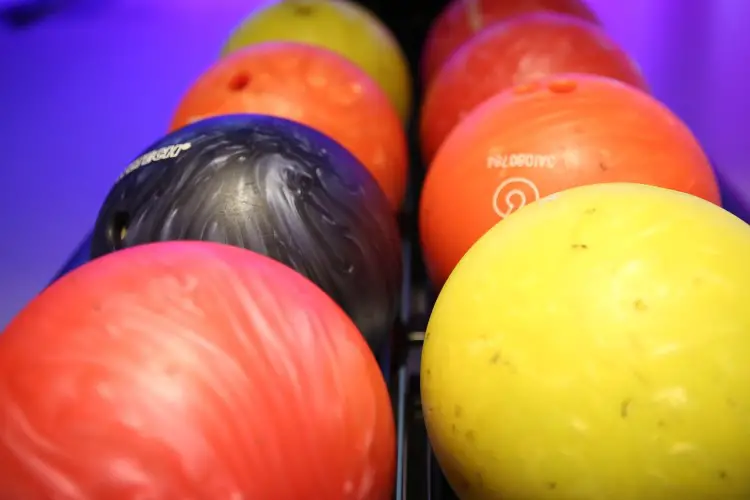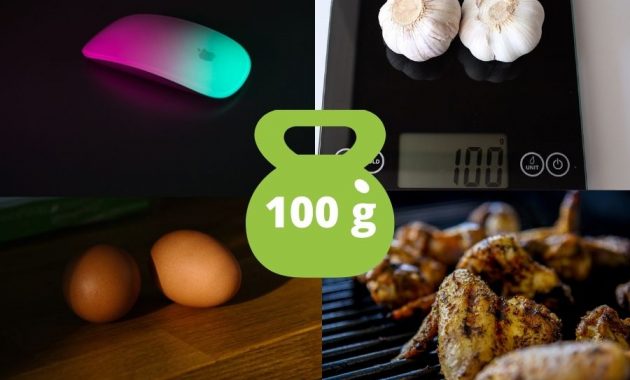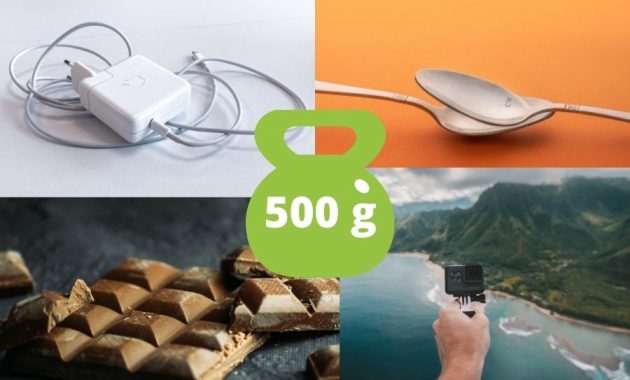Imagine stepping onto the bowling lane, full of enthusiasm, only to feel something is off. Each throw feels cumbersome, your arm strains, and the pins don’t cooperate. The problem might be right at your fingertips – the weight of your bowling ball.
Many new and experienced bowlers grapple with finding the perfect ball weight. As we venture into this guide, we’ll uncover why this choice is pivotal to elevating your game.
Historical Perspective on Bowling Ball Weights

In the early days of professional bowling, heavy balls ruled the roost. They were seen as the ideal choice for knocking down pins with gusto.
However, as the decades rolled on, preferences changed. Lighter balls entered the scene, giving players more control and versatility. The bowling community realized that there wasn’t a one-size-fits-all answer.
The Physics of Bowling
In simple words, a bowling ball’s weight affects how it moves. Think of it like pushing a shopping cart. A loaded cart (heavy ball) needs more effort but keeps moving once you push it. An empty cart (light ball) is easy to push but stops quicker.
For those wanting a bit more detail, the ball’s weight impacts how it transfers energy to the pins. A heavy ball can knock down pins forcefully, while a lighter one might dance more on the lanes, affecting its path.
The Right Weight
Bowling balls come in a diverse range, weighing between 6 and 16 pounds. While the lighter end caters to kids, adults gravitate toward the heavier side.
The golden rule? Ideally, your bowling ball should be approximately 10% of your body weight but not exceeding 16 pounds.
For a person weighing 200 pounds, an 8-pound ball might feel feather-light and inadequate. Adult males typically find their sweet spot in the 14 to 16 pounds range.
However, life throws curveballs, and there are exceptions. Injuries, especially to the arm or back, warrant extra caution. In such cases, comfort trumps conventions.
Factors Influencing the Best Weight Choice
a. Personal Strength and Stamina
Your muscle strength plays a significant role. The ball might be too heavy if you’re straining with every throw. Remember, muscle strain isn’t just painful; it can throw off your game.
b. Bowling Style
Some bowlers shoot straight; others love a good curve. Your style matters. A curve player might prefer a different weight than a straight shooter to maintain control.
c. Age and Health Considerations
Kids and seniors might not be comfortable with super-heavy balls. And if you’ve got an arm or shoulder issue? It’s essential to pick a weight that doesn’t exacerbate the problem.
d. Consistency in Play
Consistent scores often point to a well-chosen ball weight. Some top-tier bowlers swear by their specific ball weights. They might be onto something!
Impact of Bowling Ball Weight: Too Heavy vs. Too Light
a. Consequences of a Too-Heavy Bowling Ball
Using a ball that feels like a boulder? You risk injury and fatigue. It’s also harder to throw consistently. Plus, controlling its path becomes tricky. And don’t get started on the dreaded gutter balls or splits!
b. Consequences of a Too-Light Bowling Ball
A feather-light ball might sound great, but it has pitfalls. You might throw it too hard, losing accuracy. It might not hit pins with enough oomph. And controlling its spin? Challenging! Oddly, you might tire out faster, trying to give it more power.
c. Finding the Middle Ground
So, how do you find that perfect weight? Trial and error play a part. But don’t shy away from seeking advice. Coaches and pro shop experts are keen to match bowlers with their ideal ball.
The Role of Bowling Alleys and Pro Shops
Remember, you’re not in this alone. Bowling alleys and pro shops are treasure troves of wisdom. They can help you test various weights and even offer custom-fitted balls. A ball that fits your grip and style? That’s a game-changer.
Conclusion
Choosing the right bowling ball weight is a blend of art and science. It’s not just about following trends but finding what suits you. Prioritize comfort and effectiveness. And remember, a ball that feels right in hand is likely the one that’ll get you those strikes and spares!



